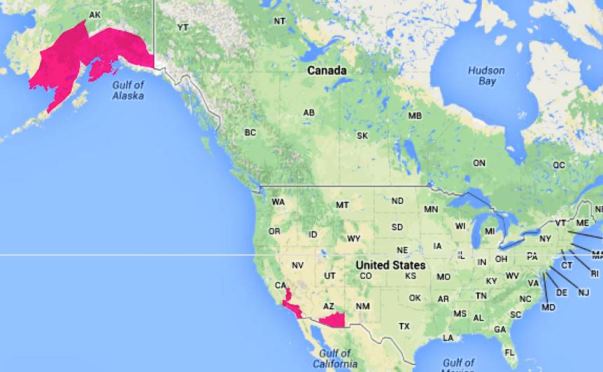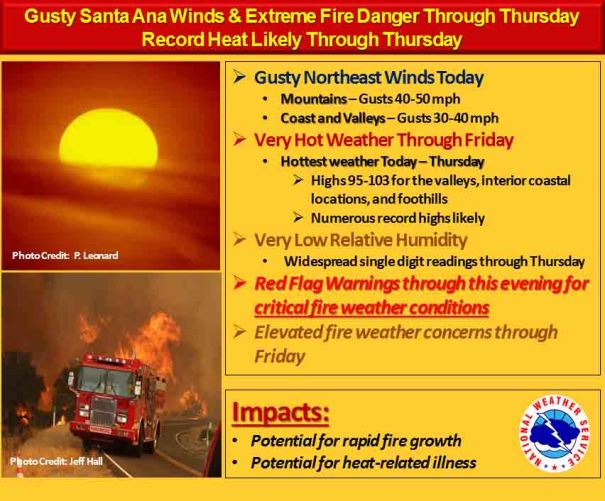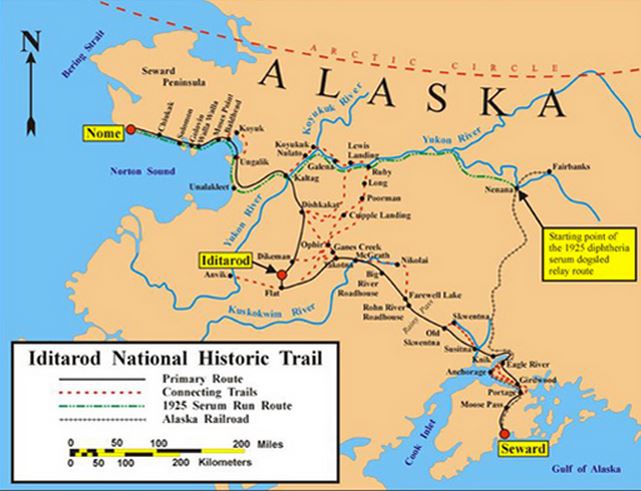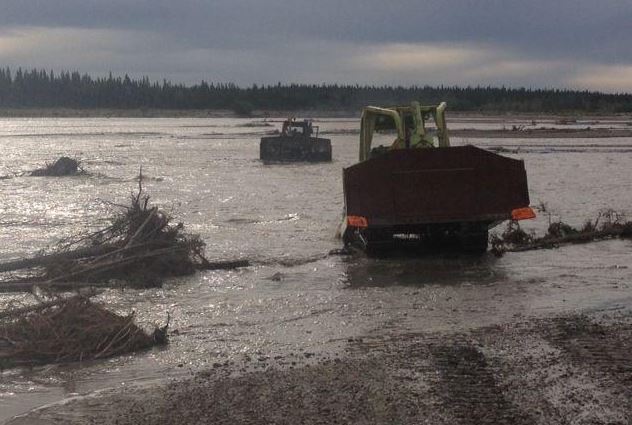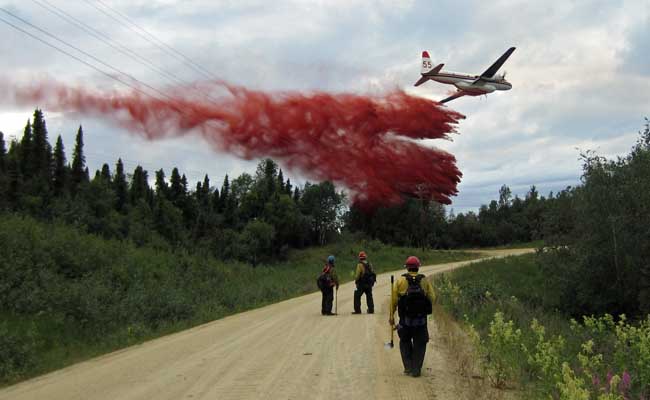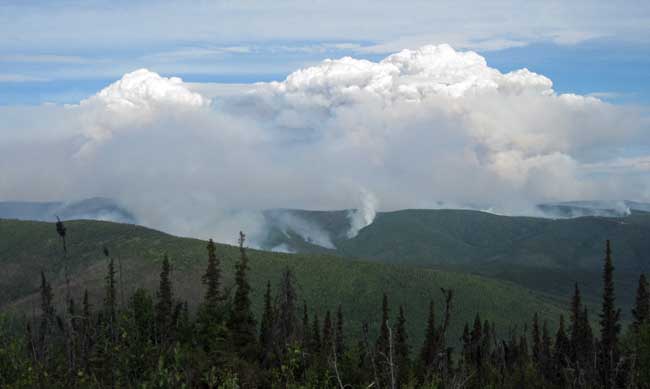An excerpt from the Anchorage Daily News:
Crews battling wind-driven wildfires that grew fast overnight are trying to protect the village of Tyonek on the northwest side of Cook Inlet and get ahead of a blaze that has burned more than 3,000 acres near Soldotna.
The Tyonek fire, which has prompted dozens of residents to evacuate, jumped the Chuitna River and started burning near the airstrip and a new subdivision in the village of about 150 residents, state forestry and Native corporation officials said Tuesday morning. The fire had burned 450 acres as of noon Tuesday, state Division of Forestry officials say.
Ground view looking SE from Soldotna, #Alaska toward #FunnyRiver #wildfire est. at 2,500 acres on #Kenai Pen. #AKwx pic.twitter.com/wrcrV0uYmp
— NWS Anchorage (@NWSAnchorage) May 20, 2014

